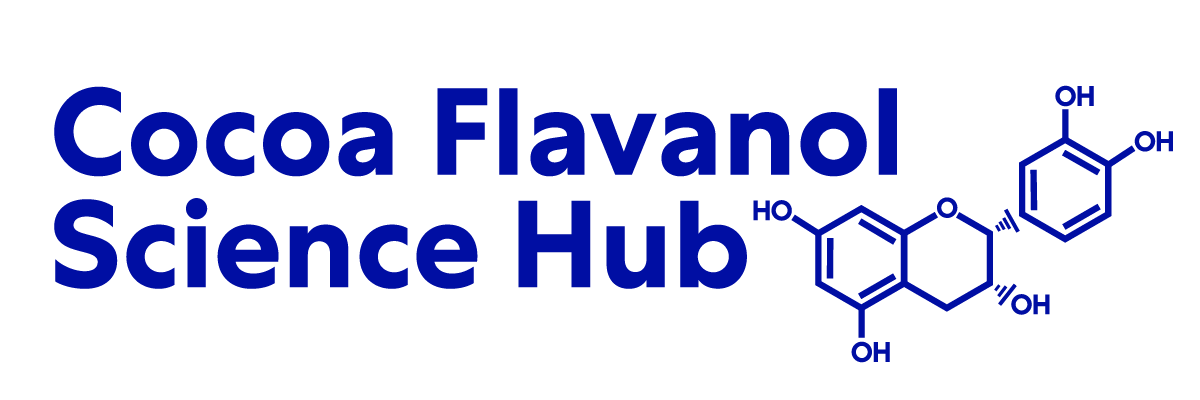Flavanols for cardiovascular health: the science behind the sweetness.
PURPOSE OF REVIEW:
Cardiovascular benefits for cocoa are being claimed in the scientific literature with growing intensity. To date, excitement over the potential health benefits of flavonoids has been driven mostly by epidemiological studies of tea and red wine, but raw cocoa contains specific flavonoids in concentrations far exceeding those from most other sources. Early evidence supports cocoa's enhancement of endothelial function via improvement of nitric oxide synthesis. However, many new studies have brought more confusion than clarity to the enterprise. This review provides guidelines for legitimate research in this promising field.
TOPICS OF DISCUSSION:
Evidence generated from epidemiological studies, linking an increase in flavonoid ingestion to a reduction in cardiovascular events, is less convincing than data from controlled clinical trials. Whereas a few trials have shown evidence for an enhancement of endothelial function, inhibition of platelet adhesion and low-density lipoprotein oxidation, many studies have ignored scientific principles. Tremendous variability in cocoa processing, flavonoid content, measurement and dosing threatens the field. Valid research depends upon the precise identification and measurement of compounds of interest, which are probably the flavanols catechin and epicatechin, their oligomers and metabolites. These measures depend upon reliable methods of separation and quantification. Whether the monomers, dimers or larger flavanol oligomers, or their metabolites, are responsible for biological efficacy remains to be determined. Final questions surround bioavailability and dosing frequency.
CONCLUSIONS:
Evidence is mounting to support cardiovascular health benefits from the consumption of flavanol-rich cocoa. This review hopes to illuminate sound scientific principles by which future research in the field can be guided.
See the Full Study > (opens in a new tab)









